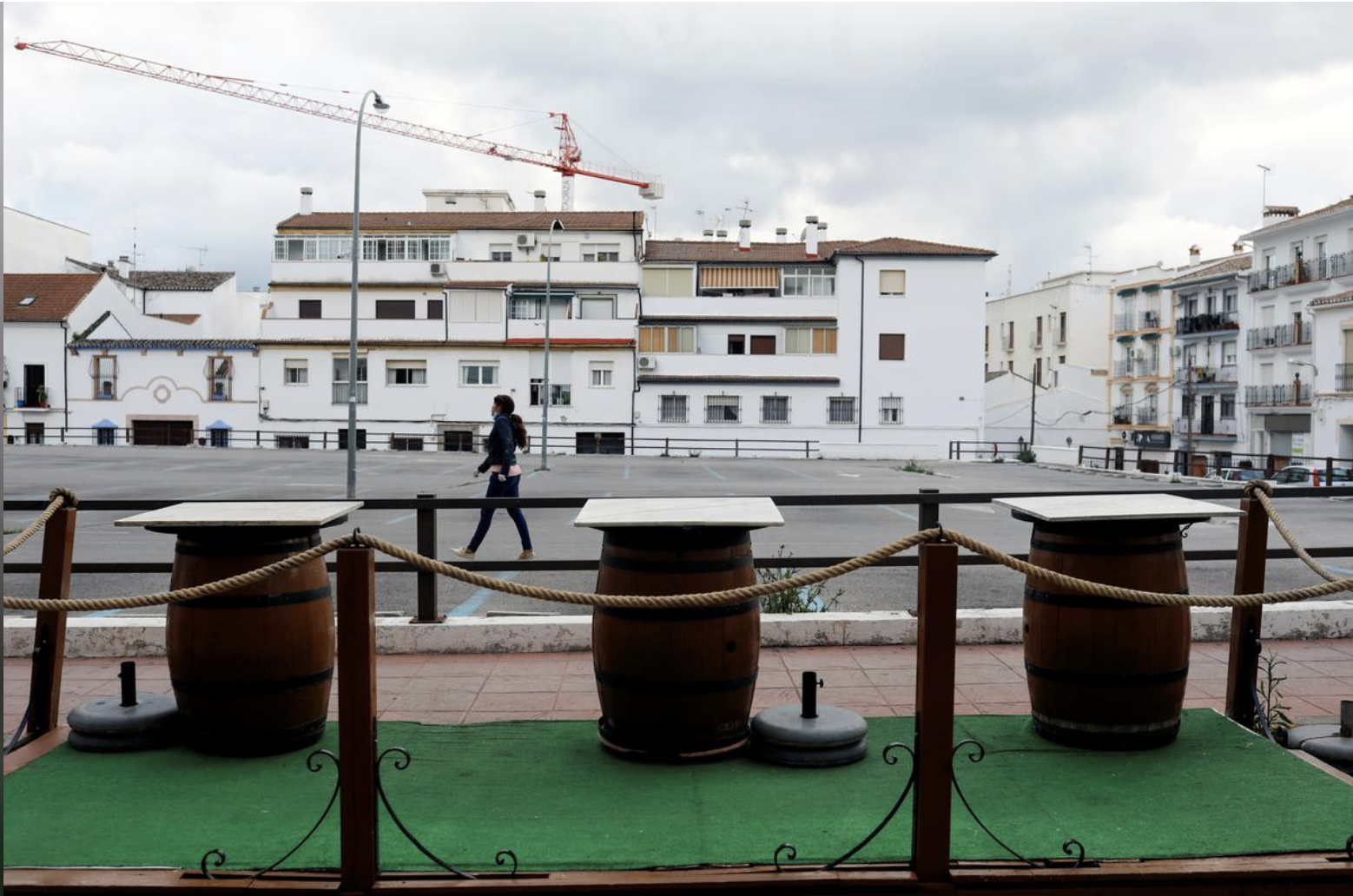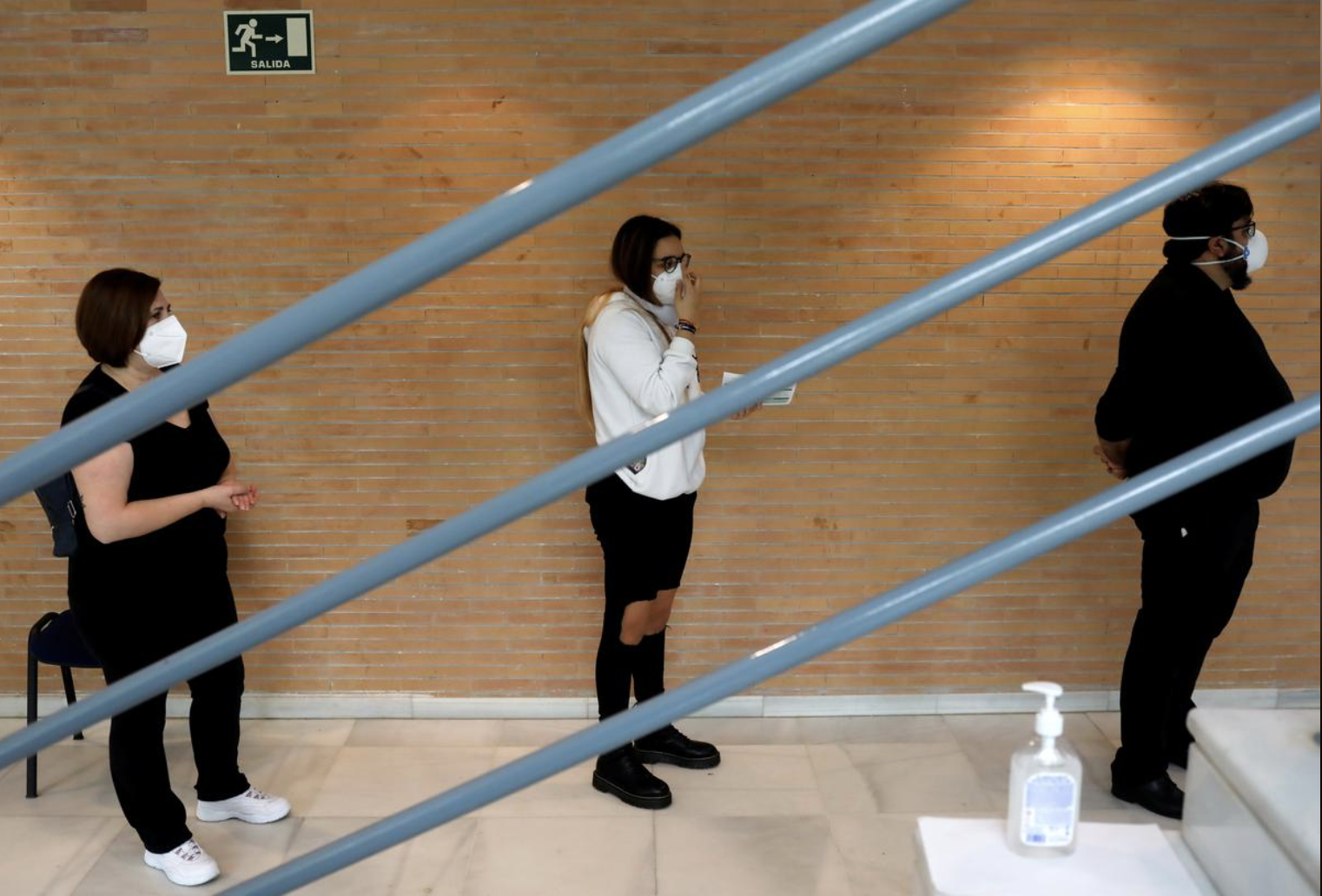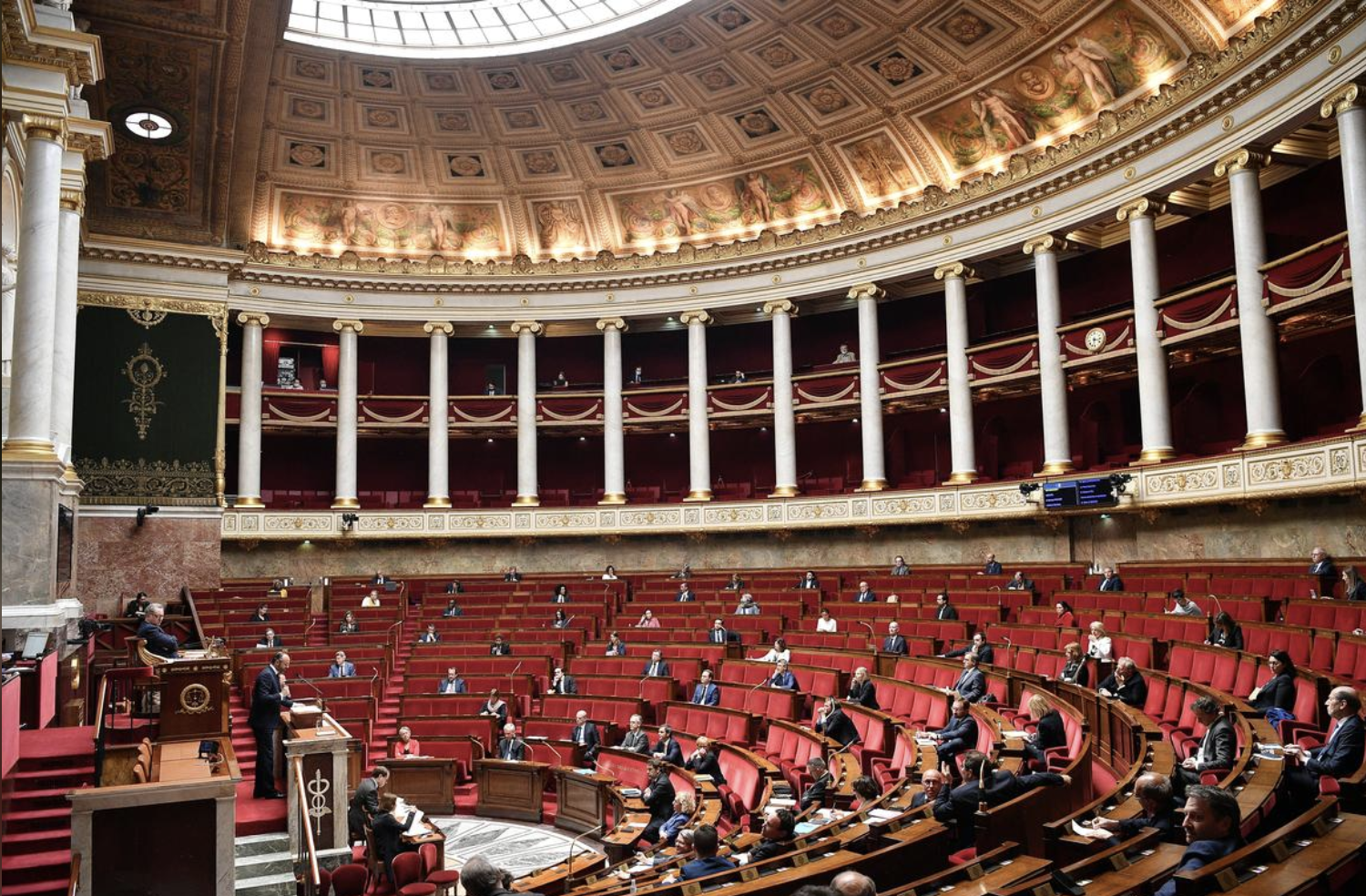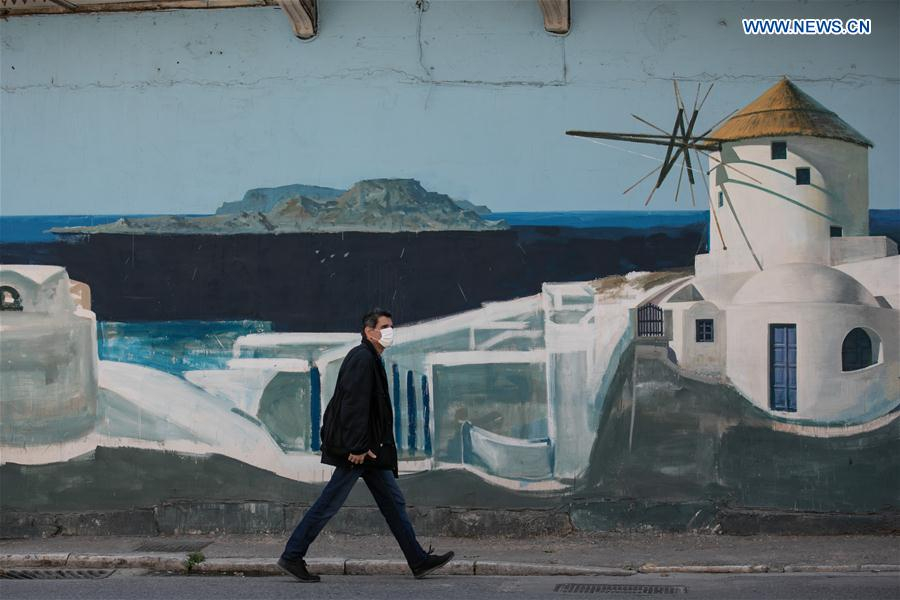Editor's note: This is the 49th article in the COVID-19 Global Roundup series. Here is the previous one.
The Trump administration has shifted its focus towards resuscitate the economy, but a swift reopening plan for the economy collided with the reality that coronavirus cases in the U.S. has passed one million cases.
While there is no universally-recognized matrix to measure what is it like when a country is ready to restart its economy, France and Spain, two of the worst-hit countries in the coronavirus pandemic, are laying out separate road maps for lifting their lockdowns as the curve flattened in these countries.

The closed terrace of a bar during lockdown, amid the coronavirus outbreak, in Ronda, southern Spain, April 28, 2020. /Reuters
The closed terrace of a bar during lockdown, amid the coronavirus outbreak, in Ronda, southern Spain, April 28, 2020. /Reuters
Spain announced a four-phase plan on Tuesday to lift one of the toughest coronavirus lockdowns in Europe and return to normality by the end of June as the daily death toll fell to 301, less than a third of a record high of 950 in early April.
Prime Minister Pedro Sanchez said the lifting of the restrictions that have halted public life since March 14 and nearly paralyzed the economy, will begin on May 4 and vary from province to province.
During the initial phase, hairdressers and other businesses that operate via appointment will open, while restaurants will be able to offer takeaway services.
In the next stage, envisaged to begin on May 11 for most of Spain, bars will reopen their terraces but will be limited to a third of their capacity.
From this point, healthy people with no underlying medical conditions will be allowed to socialize together in small groups, while family members will be permitted to attend funerals.

Carmen Diaz, 51, David Lopez, 45, and their daughter Sara Lopez, 18, queue to donate blood at the Red Cross urgent blood drive to curb the spread of the coronavirus, at Vicente Espinel theater in Ronda, Spain, April 28, 2020. /Reuters
Carmen Diaz, 51, David Lopez, 45, and their daughter Sara Lopez, 18, queue to donate blood at the Red Cross urgent blood drive to curb the spread of the coronavirus, at Vicente Espinel theater in Ronda, Spain, April 28, 2020. /Reuters
Advancing through the stages will depend on factors such as how the rate of infection evolves, the number of intensive care beds available, and compliance with distancing rules, Sanchez said, without providing concrete thresholds for such evaluation.
Local authorities are responsible for monitoring the conditions in their regions, but the national Health Ministry will have the final say on whether or not a province moves forward.
Remote working will be recommended where possible until reaching the last phase of the plan towards the end of June, when beaches would also be able to reopen with the support of local authorities.
"We are starting to glimpse an outcome that will be a reward for the huge collective effort made over the past weeks," Sanchez said, warning that the "virus is still lurking."
Sanchez explained the government had chosen not to set precise deadlines for the easing of the lockdown to avoid missing them in what is a fluid situation.

French Prime Minister Edouard Philippe delivers a speech to present the French government's plan to unwind the country's coronavirus lockdown imposed to slow the spread of the disease at the National Assembly in Paris France, April 28, 2020. /Reuters
French Prime Minister Edouard Philippe delivers a speech to present the French government's plan to unwind the country's coronavirus lockdown imposed to slow the spread of the disease at the National Assembly in Paris France, April 28, 2020. /Reuters
It comes as hard-hit France also outlined its lockdown exit plan, amid a compulsory order to wear face masks on public transport and in secondary schools when it starts easing its coronavirus lockdown on May 11, the French Prime Minister Edouard Philippe said.
Meanwhile, France will adopt an aggressive doctrine on COVID-19 testing from May 11 so that it can slowly unwind its lockdown and avoid economic meltdown, Philippe said on Tuesday, warning that citizens have to be disciplined to avoid a new outbreak.
The government has set itself a goal of carrying out at least 700,000 tests per week. Once a person tests positive, tracing would begin to identify, test, and isolate all those who had been in close contact with the individual, Edouard Philippe said.
"When we end the lockdown, we will have the capacity to massively scale up testing," he said in an address to parliament, defending the government's handling of the crisis.
France has carried out far fewer tests - around 200,000 a week - than the average of OECD countries and less than a third of Germany relative to its size.
Philippe said the lockdown had saved tens of thousands of lives but that the time had come to ease the unprecedented peacetime restrictions and rescue an economy in free-fall. However, he warned that the infection rate would spiral if France moved too swiftly and people became complacent.

A graffiti in Athens, Greece, April 28, 2020. /Xinhua
A graffiti in Athens, Greece, April 28, 2020. /Xinhua
Meanwhile, Greek Prime Minister Kyriakos Mitsotakis also outlined the government's plan for gradual transition to normalcy after the lifting on May 4 of the nationwide lockdown imposed on March 23.
Starting from May 4, people will be allowed to leave their homes without having to justify their movements by sending mobile text messages to authorities or carrying on a document. They need to remain however within the prefecture of their main residence.
The PM noted that sports events and culture festivals will most likely not be held this summer, but as of May 4, people will be allowed to go to non-organized beaches in addition to open air spaces for personal exercise.
While the former epicenter of the coronavirus is phasing out "the great lockdown," at least two lessons can be learned for the rest of the world still trying to rein the tide of the pandemic -- the restriction on movement will not be removed overnight over the concerns about the second wave of the coronavirus; and loose containment measures will become the new normalcy in daily life for a long time.
(With input from agencies)